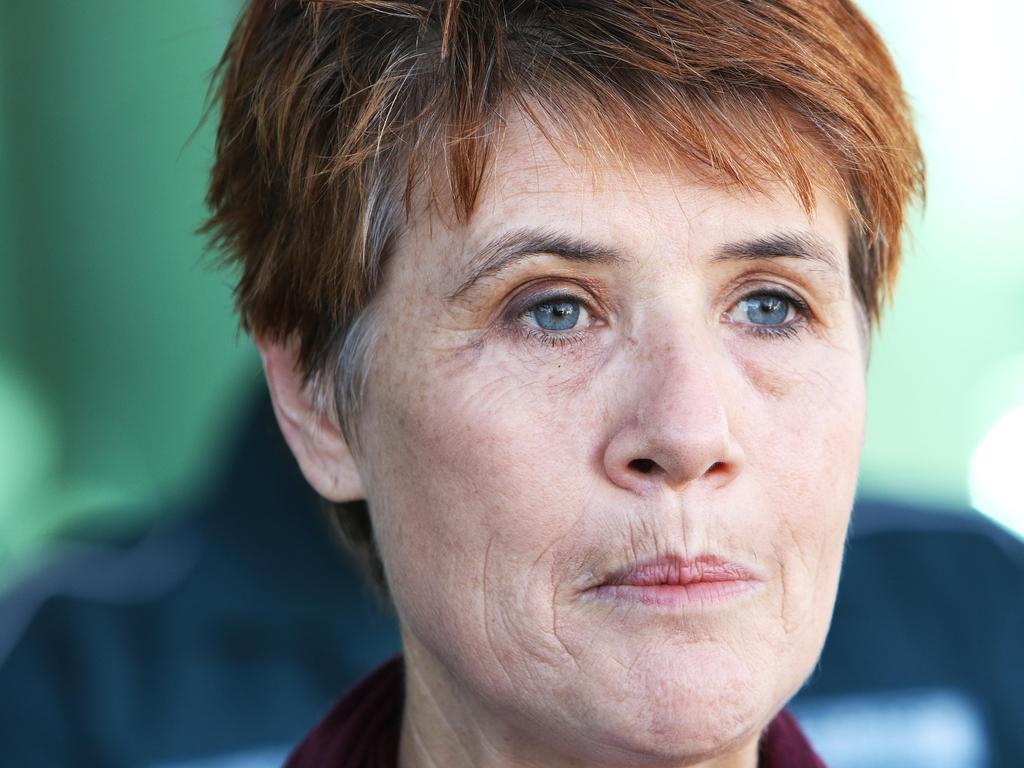Pay rises drive disability sector workers to aged care
There has been a 43 per cent increase in disability support workers looking for a new role in aged care.

The prospect of significant pay rises flowing to aged care workers has seen a jump in the number of frontline disability sector workers looking to leave the sector and work in aged care.
Disability support wages have generally been 25 per cent higher than aged care pay but the gap will narrow from July 1 due to the 15 per cent wage rise flowing from the aged care work value case and this year’s increase in award wages.
Health Services Union national president Gerard Hayes said the two rises amounted to a pay rise of close to $5 an hour, which was significant, given the impacted workers were earning as little as $22 an hour.
Alex McDonald, managing director of recruitment agency Orchard Talent Group, said the agency had recorded a 43 per cent rise in disability support workers looking for a new role in aged care over the past three months.
According to the group’s data, the average monthly number of credentialed disability support workers applying for aged care roles had been 86. However this has risen to an average of 112 over the past three months.
National Disability Services chief executive Laurie Leigh said a new NDS Workforce Census report, to be launched on Tuesday, found that while the worsening conditions of recent years had stabilised, the disability sector workforce remained precarious with a continued undersupply and high turnover rate.
“The workforce issues have stabilised in the last couple of years but, in a sector that is growing very strongly, that actually implies we’re going backwards in terms of being able to have the right and appropriate number of workforce to be able to deliver services,” Ms Leigh said
“Disability services providers are saying they are really struggling to meet the demand for NDIS services due to a lack of workforce.”
Since 2020, there has been a steady increase in the proportion of casual employees that now make up 39 per cent of the workforce, up from 31 per cent three years ago.
Ms Leigh said while it was “very early days” she believed the aged care pay rises had made an impact on disability sector workers looking to switch to aged care.
Mr McDonald said, based on anecdotal evidence, he believed there had been a significant shift towards candidate employment preferences from casual to full time. “This is primarily driven by the increased financial pressure – inflation, interest rates – that the economy is facing.,” he said.
The 15 per cent pay rise had levelled the playing field across the two sectors, and the complexity of the physical demands of the job in aged care were less than the disability sector.
Aged care shifts were also more family-friendly, he said. Workers seeking more work due to cost-of-living pressures were also attracted to aged care.
“You are seeing them say ‘if I had to work another 10 hours a week, what would I do that in? And aged care is seen as far less taxing on the body than disability services,” Mr McDonald said.








To join the conversation, please log in. Don't have an account? Register
Join the conversation, you are commenting as Logout